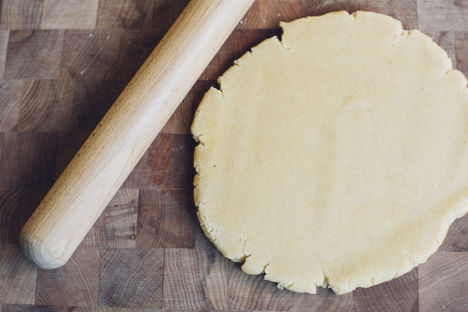The origins of marzipan are unclear; there is a dispute between Persia, Hungary and Germany who all lay claim to the invention of a paste of sugar and almonds. The origins of the name are even more bizarre; some contenders being a Burmese city, a military commander and the ‘bread of March’. Wherever it came from, in the UK marzipan is most commonly associated with icing Christmas cakes.
Many people buy marzipan as they consider it a fuss to make however, it is actually relatively easy and homemade marzipan can contain up to 50% less sugar. The almond flavour is also much stronger and you don't have the addition of colourings and preservatives.
If you'd like to learn how to ice a Christmas cake follow our a step-by-step guide.
Metric
Imperial
- 250g of ground almonds
- 125g of icing sugar
- 125g of caster sugar
- 1 egg yolk, or 2 if they're small
Variations
Try soaking a pinch of saffron in a tablespoon of water and mixing this into your marzipan for an attractive yellow colour.
Adding the seeds of a vanilla pod enhances the flavour of the marzipan and complements the almond.
Uses
Marzipan is normally used for icing Christmas cakes and birthday cakes and can be used to make sweets and petit fours. Christoffer Hruskova’s Dark chocolate floedebolle is a traditional Danish sweet using marzipan, meringue and chocolate, while Victoria Glass uses marzipan to make her delicious Swedish Princess cupcakes and Sally Abe uses it in her classic Battenberg cake recipe.
Get in touch
Please sign in or register to send a comment to Great British Chefs.



